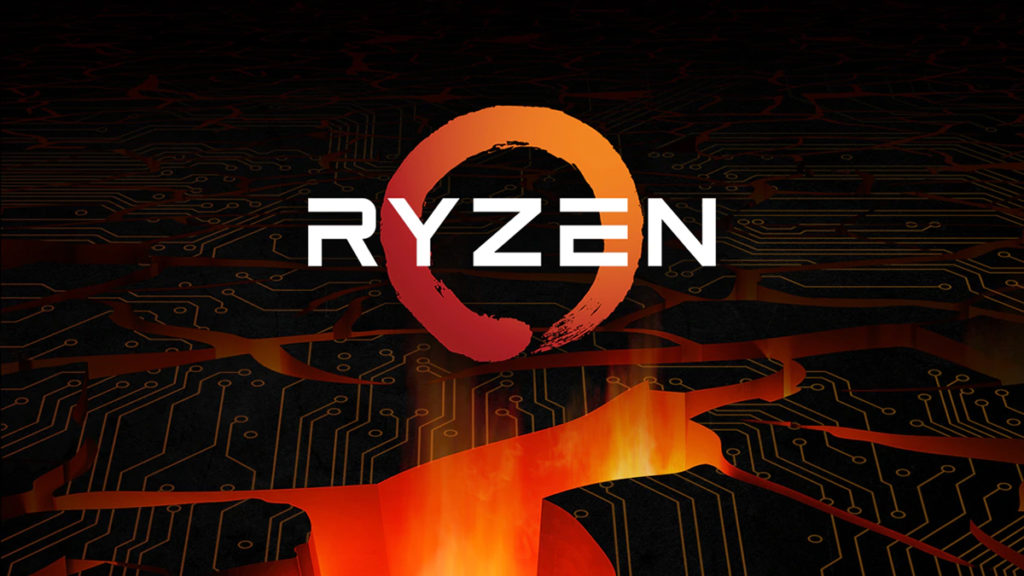Now, AMD didn't quite have the same level of resources, but how long did it take them to recover from Bulldozer? 5+ years between FX and Zen releases.
A bit beyond that, how did Intel dig itself out of the Netburst hole? It drummed up a significant marketing campaign (doo-doo-DOO and Blue Man Group, etc.), and a bit of luck that AMD was having issues with it's foundry spinoff / relationship with GF, and Intel was able to maintain their status as the "premium" brand even though they didn't have the all around price/performance balance as the competitor. Intel was able to successfully paint AMD as a the "budget knockoff" brand, and push Ghz as a marketing point.
Again, that Netburst - Core period was about 5-6 years.
So yeah, Intel's strongest advantage was always that they had one of the best, if not the best, production process to rely upon. Foundries have moved ahead of them, and their engineering isn't strong enough to close that gap any longer.
The Intel 14 nm process was introduced in CPUs with Skylake, released in 2015. We are still seeing releases of chips based on that overall architecture and process node, so we are already more than 5 years out of what has traditionally been the period between significant generations of CPU architectures, and Intel still doesn't quite have 10nm ready for prime time, and just announced that 7nm would be delayed beyond that.
A couple of things could really break open, so I don't necessarily write off Intel:
Intel could just jump over to these other Foundries, and that's exactly what we just heard them announce. That eliminates the process node advantage that AMD is enjoying right now, and brings it back to engineering (and marketing, let's be honest, if you can get developers to optimize for your platform). It's not the best thing for Intel, going third party on production will significantly cut into their margin, and they are at the mercy of someone else's production schedule, but it keeps them alive.
Intel has a long, strong relationship with vendors and customers. It will be a long time before some CTO gets fired for buying Intel, so long as they can remain competitive. I expect the Intel marketing machine to significantly pick up, like it was back in the 00's when AMD had Athlon. If AMD could have made enough chips, they may could have pulled ahead as the market leader.
And Intel has dumped a lot of resources into their foundry and fixing the issues. That could bear fruit any time and put Intel back at a significant production advantage. It could also never come around, and Intel could either continue to throw resources at it, or pull off the band aid and just sell off their foundry division.
I think if Intel's foundry woes continue to 7nm - for instance, they aren't able to make that transition by 2022, investors will have more or less lost confidence in Intel's ability to innovate and operate on the production side. I would expect a move to divest the foundry, take all of that R&D and put it back into engineering, and basically do what AMD did back in '08 - go fabless, stop bleeding cash into the production side, lean hard on solid engineering and IP, and attempt to right the ship that way.


